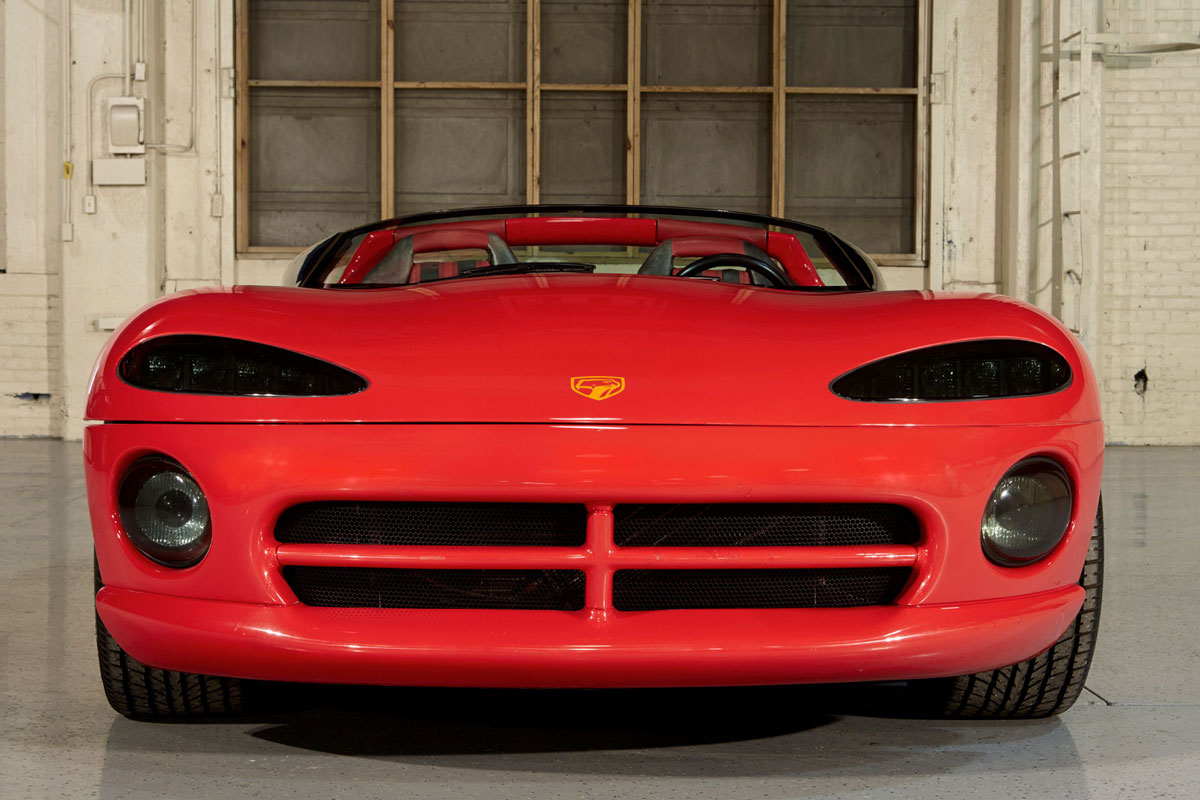Media | Articles
Six things you (probably) didn’t know about the Dodge Viper
The Dodge Viper will end production this month after a 25-year run. A little sad, right? Before you start the water works, remember that the Chevy Camaro went out of production in 2002 with no plans for revival, yet Chevy brought the pony car back in 2010. The same could happen to the Viper.
We recently had a chance to be a fly on the wall as the people responsible for the V-10 sports car looked back on the Viper’s history. Their war stories gave us new respect for the blood, sweat, and tears that went into keeping the project alive. Here’s a sample of the more interesting facts we learned:
-
The Viper team was modeled after Lockheed Martin’s Skunk Works.
In 1990, when the original group of 75 convened to design and engineer the Viper, all involved were given a copy of the book Skunk Works, by Ben Rich. That book told the story of the Lockheed special division that designed and built a series of innovative planes, including the U-2, SR-71, and stealth bomber. Viper lead engineer Roy Sjoberg hoped the book would inspire his engineers to create a small, highly functional, and creative team. The book, by the way, is a fantastic read. -
Dodge considered an optional automatic transmission.
A slushbox sounds heretical to the Viper’s original pure-roadster mission, but it was seriously considered for the final version of the car. Ralph Gillies, who took over the Viper program in 2011, wanted to offer an automatic. During early stages of the car’s development, sections of the frame were changed to high-strength steel to increase the stiffness. Eventually it got to a point where most of the chassis was made from the material. Gilles said if they had known from the beginning that they would end up there, they would have adapted the frame to fit an automatic. “We would have kept the manual, of course,” Gillies said, “but I would have loved to offer the option of paddle shifters.” -
Aluminum and carbon fiber were in the works nearly two decades ago, but then…
In 1998, when John Fernandez was Viper chief, plans were made for the car to carry an aluminum frame and carbon-fiber body panels. “I got the idea from Lotus,” Fernandez said “Some their early cars had an aluminum spine. We would have saved 200 pounds.” But alas, the frame supplier backed out, and the carbon-fiber proved too expensive. Both technologies, however, eventually emerged in other sports cars. The 2006 Corvette Z06 had an aluminum frame, and the last Vipers use carbon-fiber body panels. -
Bob Lutz said “no” to a Hemi V-8.
Back in the gestation days, around 1989, Sjoberg knew that somewhere in Chrysler’s R&D office lived an all-aluminum version of the V-8 Hemi that was based on the engines that dominated racing in the ’60s and ’70s. Sjoberg planned to stick one on an engine dyno until Bob Lutz (then head of global product development) heard about it and immediately nixed the idea. One of the Viper’s main calling cards, of course, was its unique V-10 engine. -
It took only a half hour for Lee Iacocca to approve the project.
The final approval from Chrysler CEO Lee Iacocca came in 1990. Sjoberg and Lutz took Iacocca for a spin in a prototype on Oakland Avenue in Detroit. After a 30-minute drive, The King of the K Car emerged impressed. He looked at Lutz and said, “What are you waiting for?” -
A homeless shelter served as a port in the storm.
During a development drive from Key West, Fla., to Los Angeles, Gillies and engine chief Dick Winkles were caught in a freak snowstorm that forced them to stop in El Paso, Texas. All the hotels were booked, so they spent the night in the local homeless shelter, sleeping in a large room packed with beds and locals. Gillies called it “the scariest night of my life.”
Marketplace
Buy and sell classics with confidence












